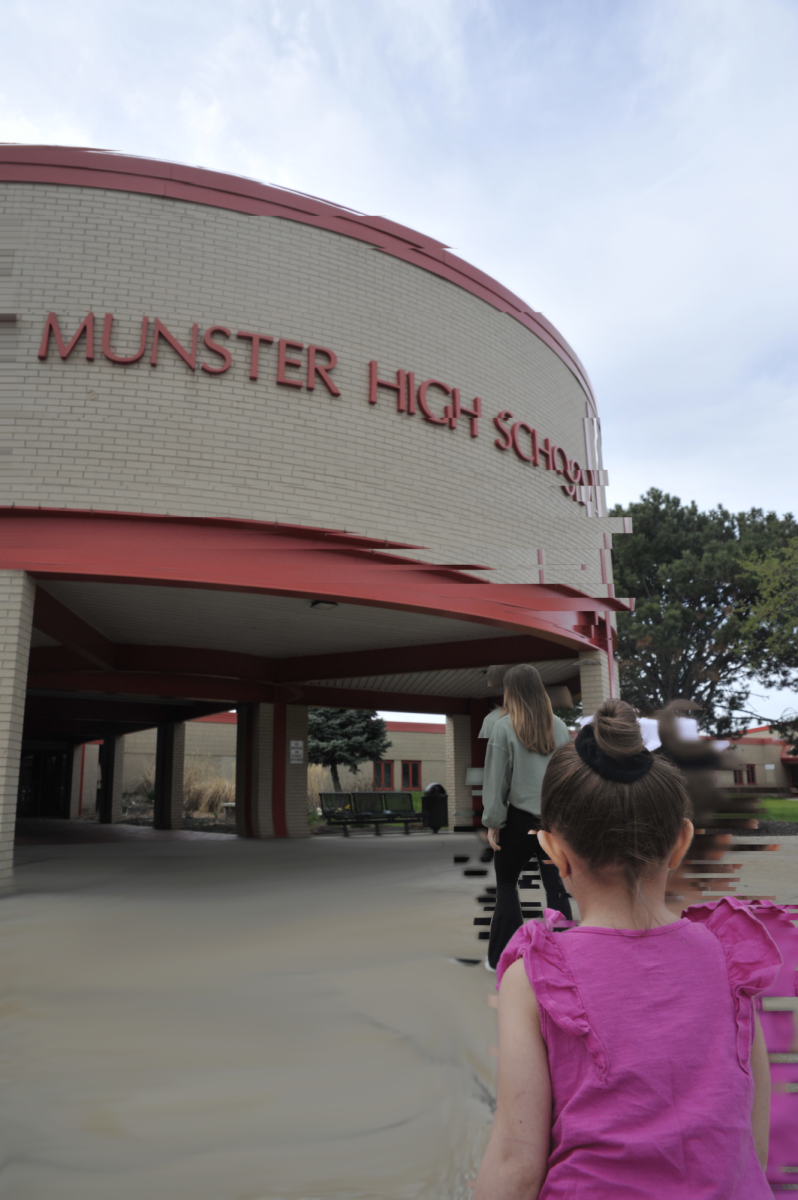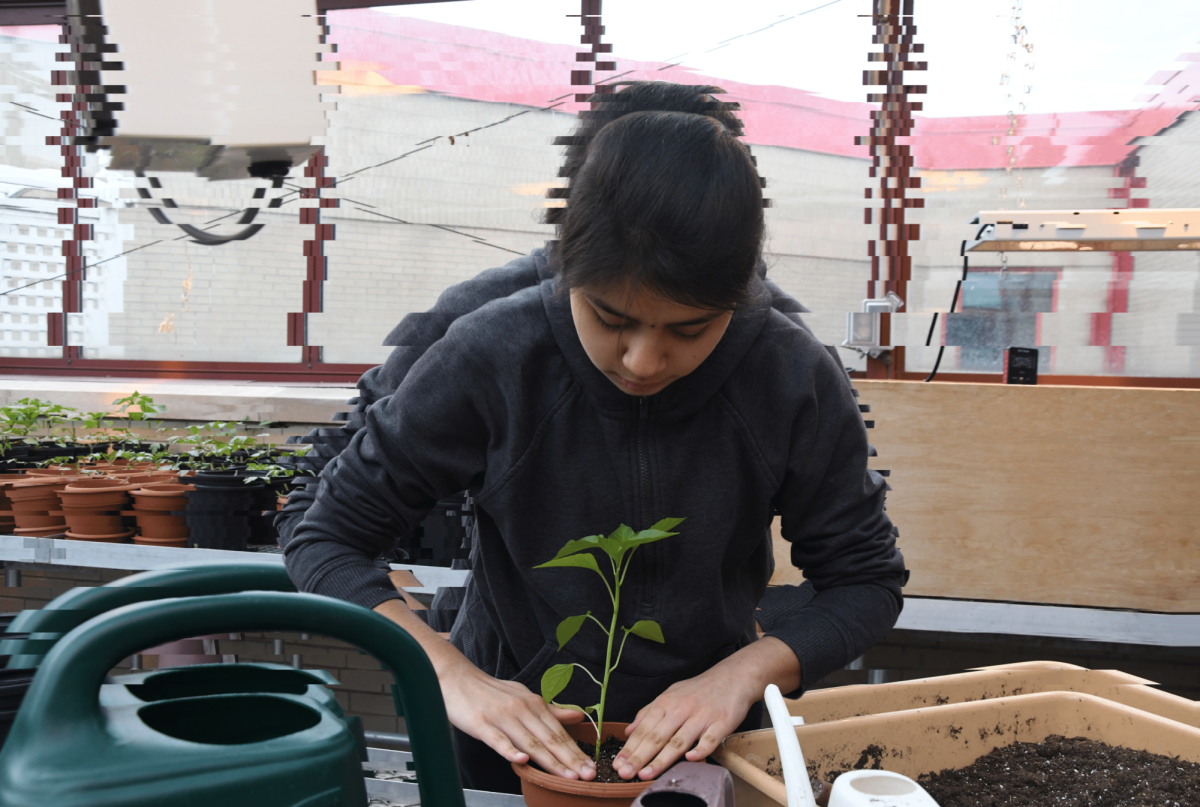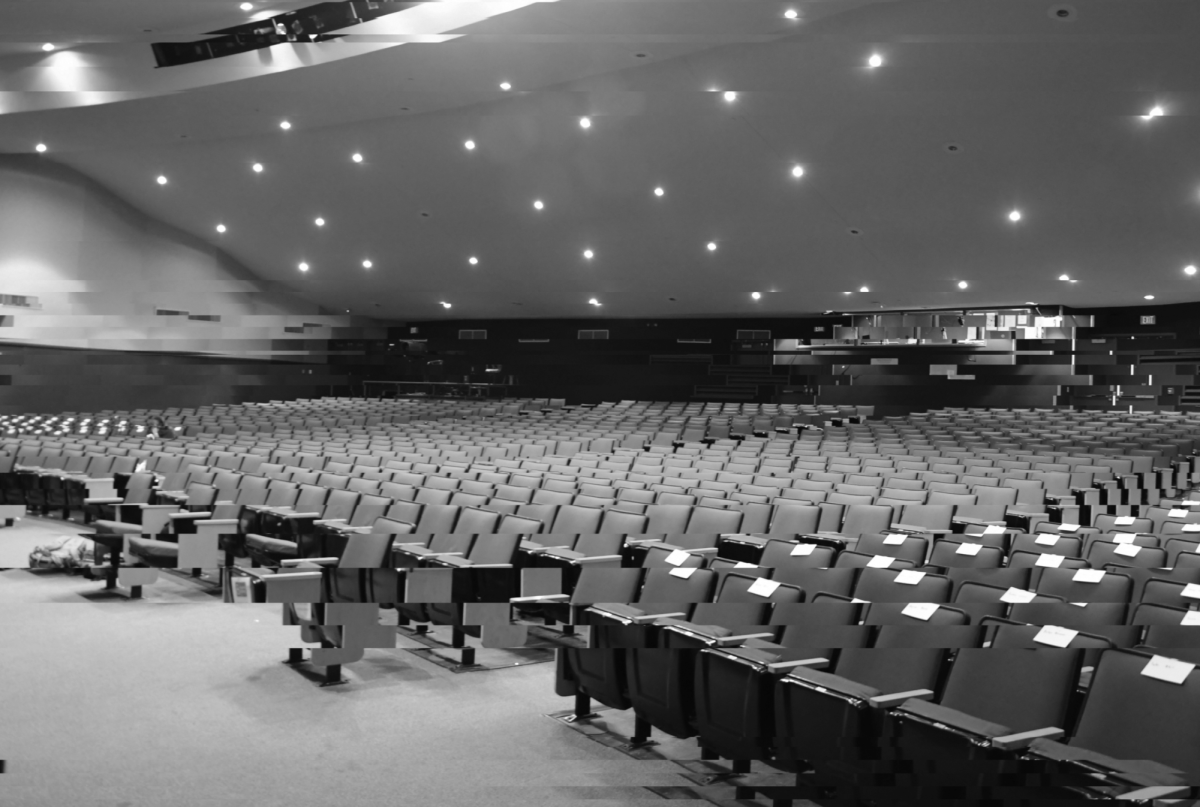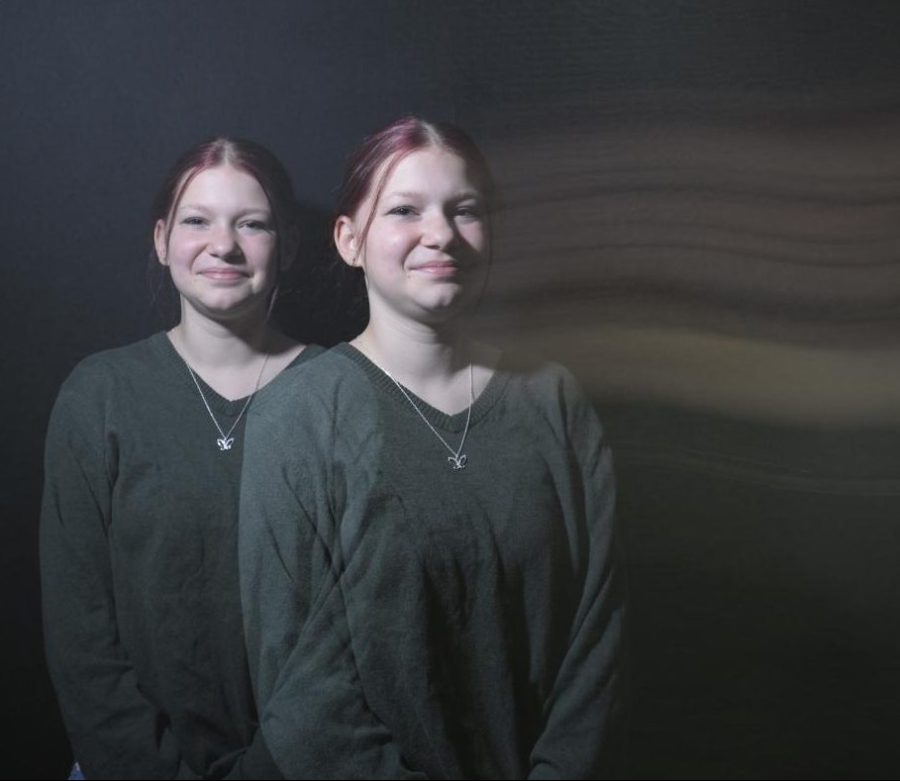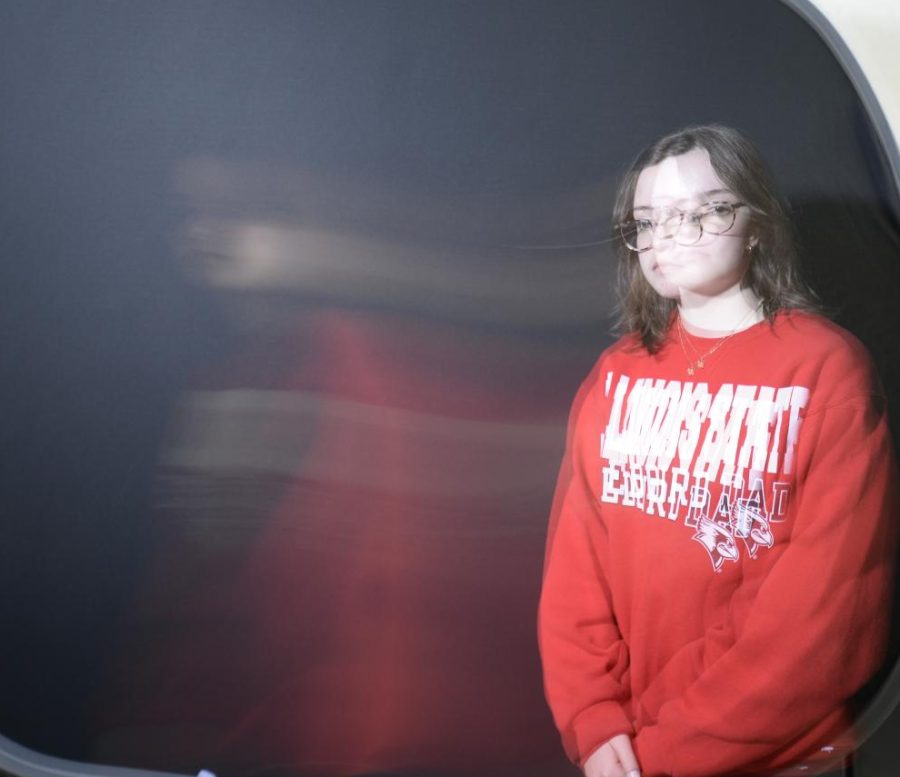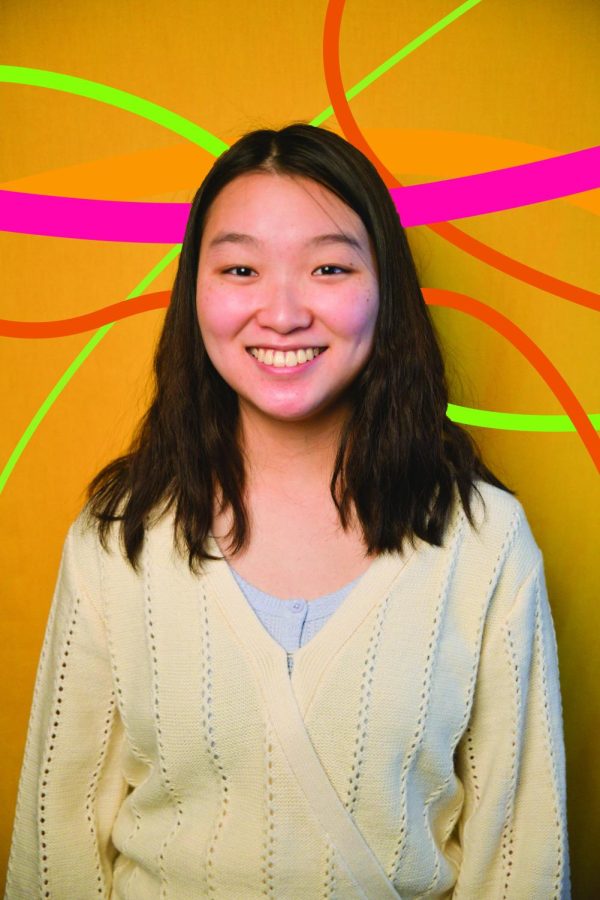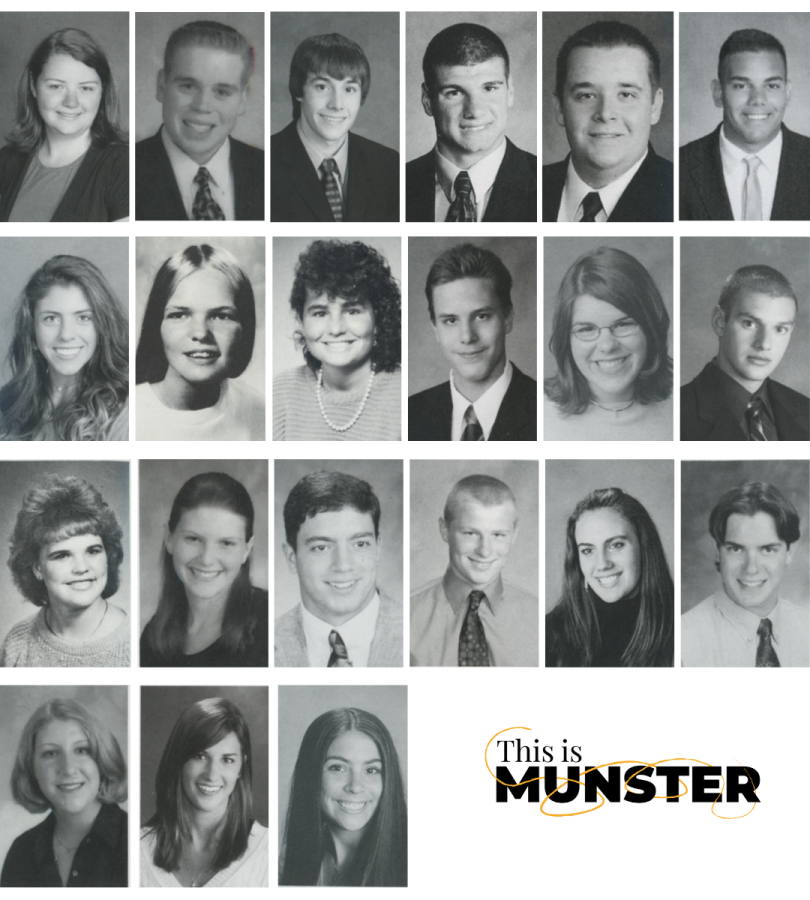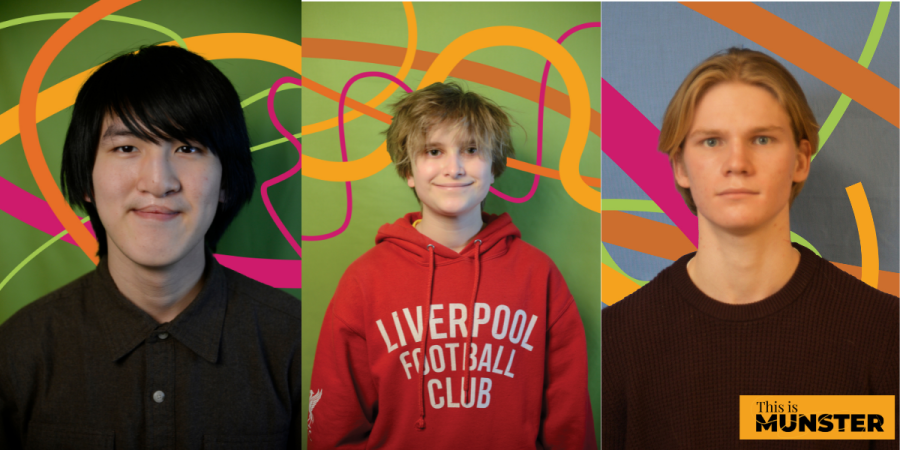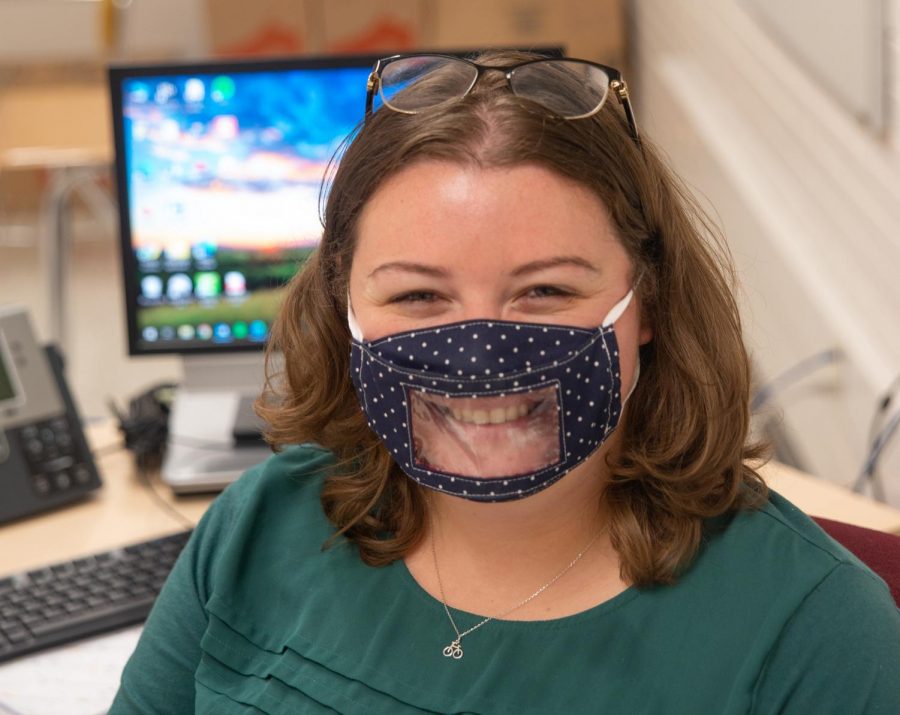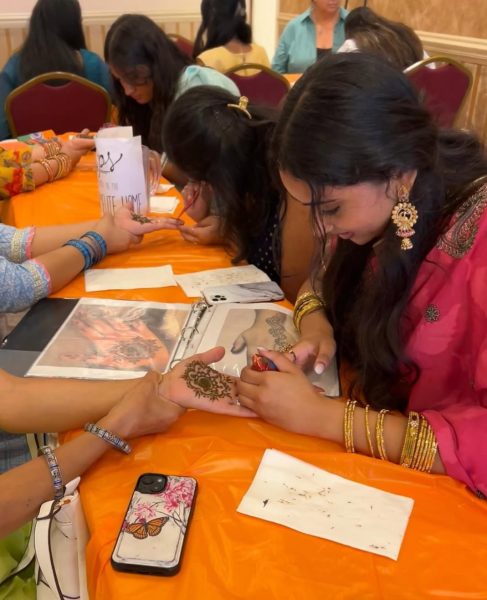Mask life
Students and teachers explain their issues with wearing masks everyday
During sixth hour Ms. Hannah Fus smiles for a picture wearing her clear mask. Facial expressions are a crucial component to learning ASL. “Some issues I’ve come across is being able to read the students faces,” Ms. Fus explains. “I wear a mask with a clear part around my nose down to the chin so the students can see my facial expressions without too much trouble.”
Fogged glasses and “maskne”—a miniscule price to pay to save millions of lives.
On July 22, Governor Eric Holcomb announced the statewide mask mandate, making it a requirement for appropriate face coverings to be worn in public. Masks are necessary to flatten the curve, but pose as inconvenient for those who wear them.
“The main difficulty I have while wearing a mask is feeling like my breathing is constricted,” Libby Fesko, junior, said. “It can also hurt my ears at times if the mask is too tight.”
Since schools now require students to wear masks, many are finding it difficult to make the adjustment.
“Personally,” Libby said, “I do think that it’s harder to learn with a mask on since it’s an added distraction.
Masks pose as a problem not only to students, but teachers as well, who spend hours a day communicating with students and other faculty.
“It’s actually been more of a hindrance for me than my students,” Ms. Beth Raspopovich, math teacher, said. “By that I mean I can’t see their faces. As a teacher, you can look at a kid’s face and see them making certain facial expressions that let me know they understand or don’t understand. Certain facial expressions let you know, ‘Hey, I got it, call on me,’ or ‘don’t call me out’. So when you can’t see the kid’s face, trying to read the room is a little more difficult. I (also) have a super hard time hearing a lot of kids when they talk.”
While it has been a struggle to navigate the new school year, each teacher has taken to their own method of approaching the school year.
“We decided to do what’s called flipping the classroom,” Ms. Raspopovich said. “Flipping means (that) instead of doing notes and going home and doing problems, your homework is going to be to watch the notes. And then in class, you’re going to do (the) exercises. I feel like by flipping the classroom there’s no advantage or disadvantage to either being in-person or being online.”
Unfortunately, figuring out a safe approach to learning is more difficult for some departments than others.
“Teaching ASL with masks definitely has its challenges,” Ms Hannah Fus, American Sign Language teacher, said. “With ASL, integral parts of spoken languages, like volume, pitch and tone of voice, are all expressed through facial expressions. Signing with no expressions is similar to speaking in a monotone voice with no fluctuation, which isn’t natural. Facial expressions are a natural and important part of ASL.”
To assist students’ learning experiences, language teachers have made special accommodations.
“I would prefer if I could only wear a face shield to provide a clearer access to my expressions, but masks feel safer, as masks have no exposed opening like face shields do.” Ms. Fus said. “I have masks I ordered back in July that have a clear window that starts around my nose and goes down below my chin. This definitely helps the students with seeing my facial expressions and seeing the language modeled in its true form. Next, I need to figure out how to keep it de-fogged all day!”
Unfortunately, these clear masks aren’t available to the entire population, leaving those who are Deaf or Hard of Hearing affected in a unique way.
“While it may seem contradictory, having hearing loss means that I need to see in order to hear,” Ava Quasney, senior, said. “Relying on audio will never be enough for me; instead, I try to communicate through both what I can hear and what I can see while lipreading.”
Masks pose not only a physical, but also an even further social barrier to this community.
“The pandemic has been extremely isolating for me as a Deaf person and has made communicating almost impossible,” Ava said. “I can’t join in conversations with friends in public because I don’t understand what they’re saying while wearing masks. Going to the grocery store or ordering food without someone to interpret is out of the question. As masks have become increasingly mandated in our area, I’ve lost my independence and my ability to communicate effectively with others.”
To ensure the most efficient communication for everyone, Ava suggests several ways to be considerate of DHH (Deaf/Hard of Hearing) people.
“To hearing people: use more than just your voice to announce your presence in a room, always; wave and make eye contact to add visual cues for communication; use a clear face mask or face shield if possible (they tend to fog up, so look online for easy tips to prevent this); and if you notice someone is having issues communicating or understanding—DHH or not—try using another method like pen and paper or your notes app on your phone.”
Hi! My name is Lana, and I'm editor in chief this year! My hobbies include making frog rings, sending snail-mail to my friends, bullet journaling, photography,...

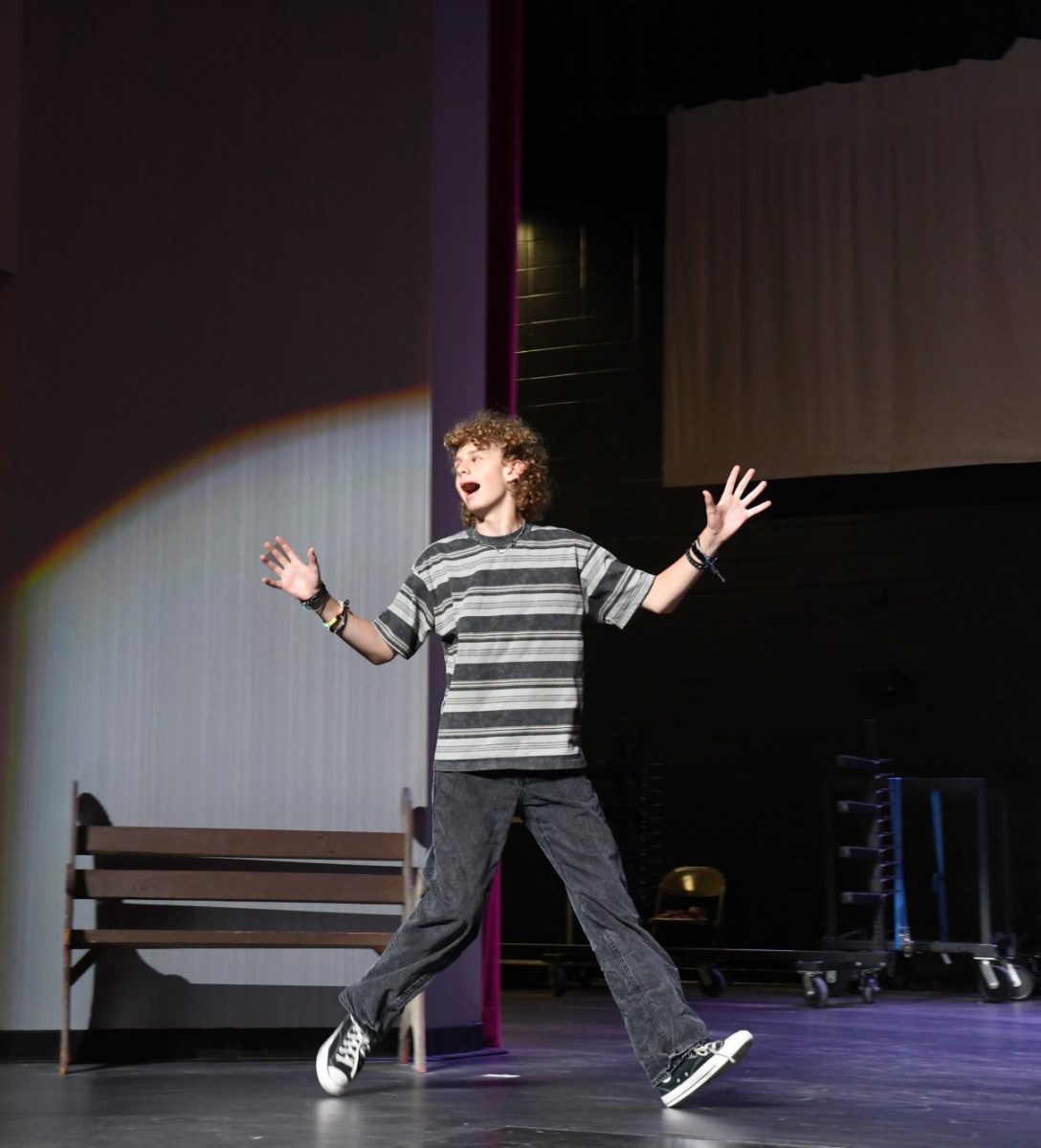


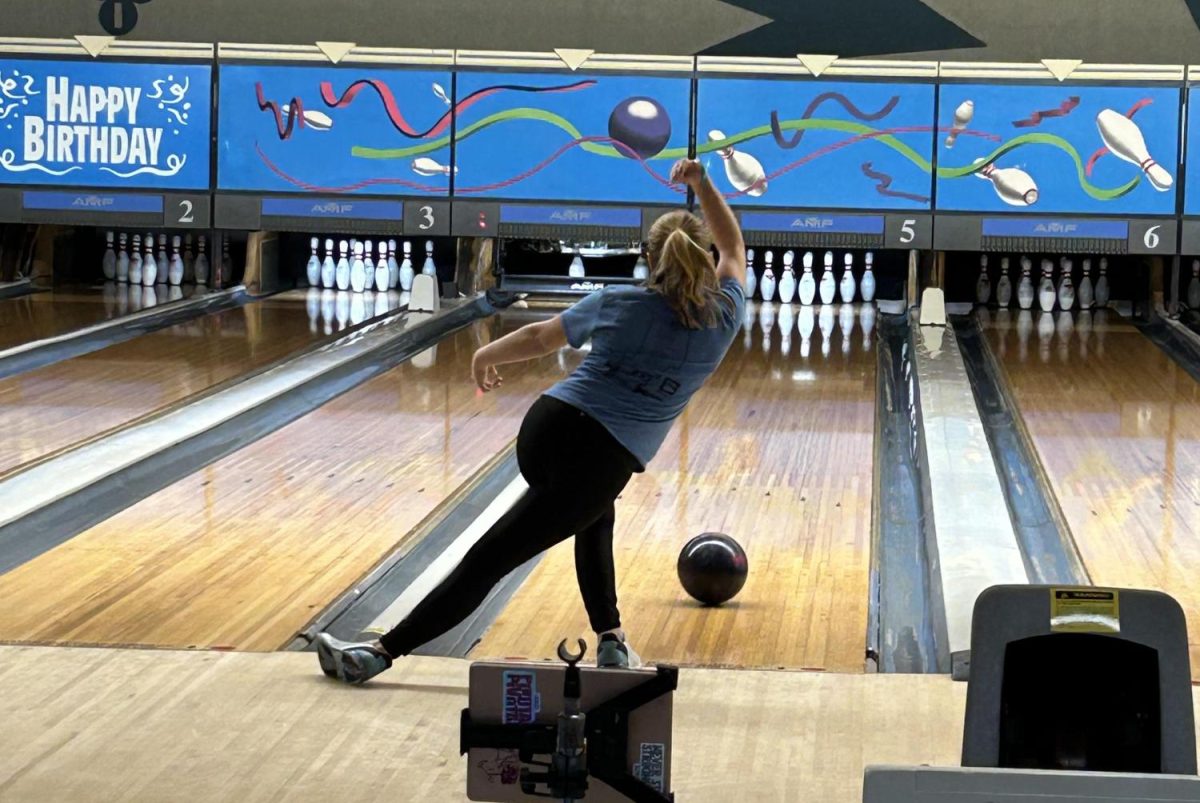
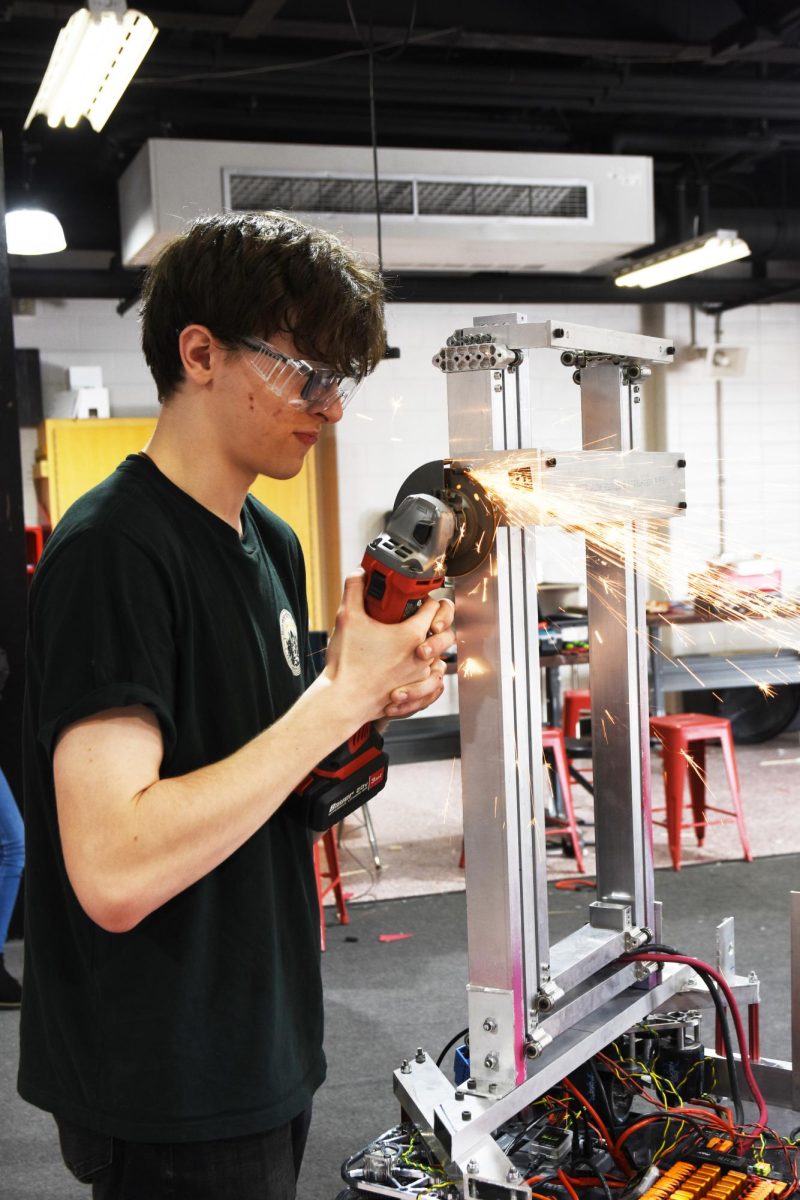


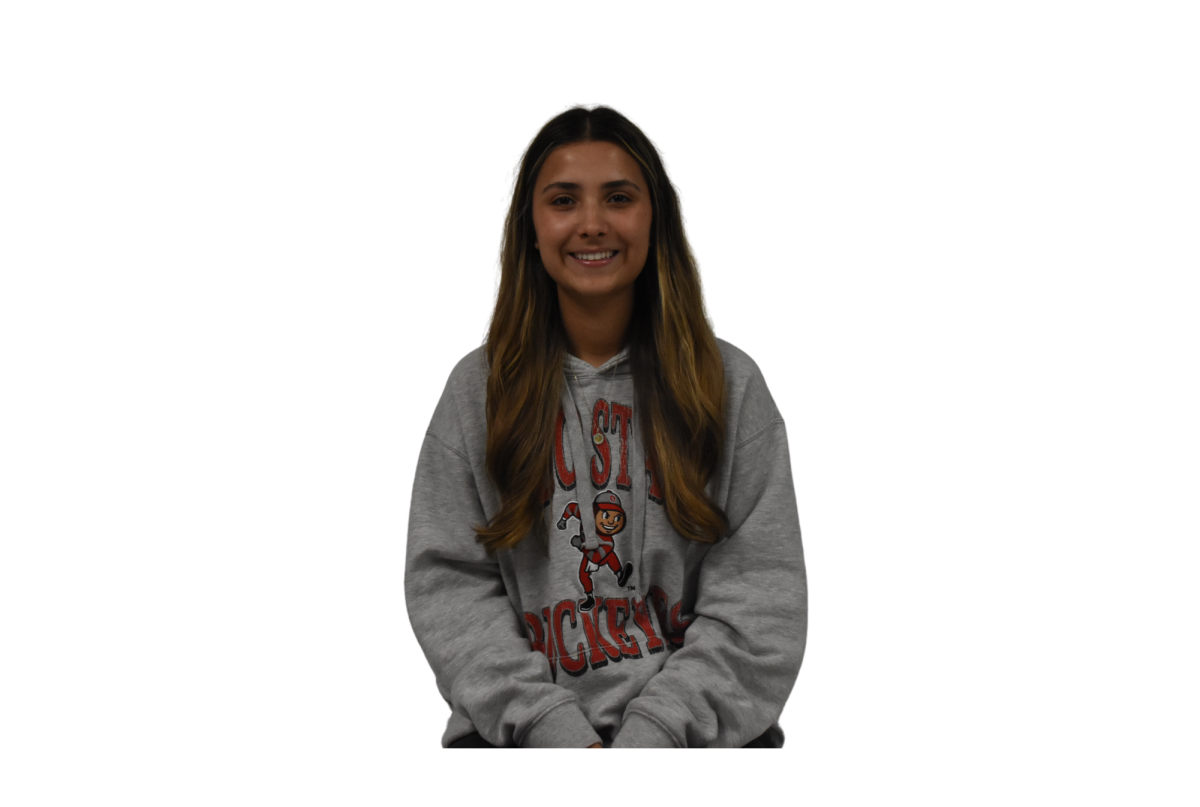

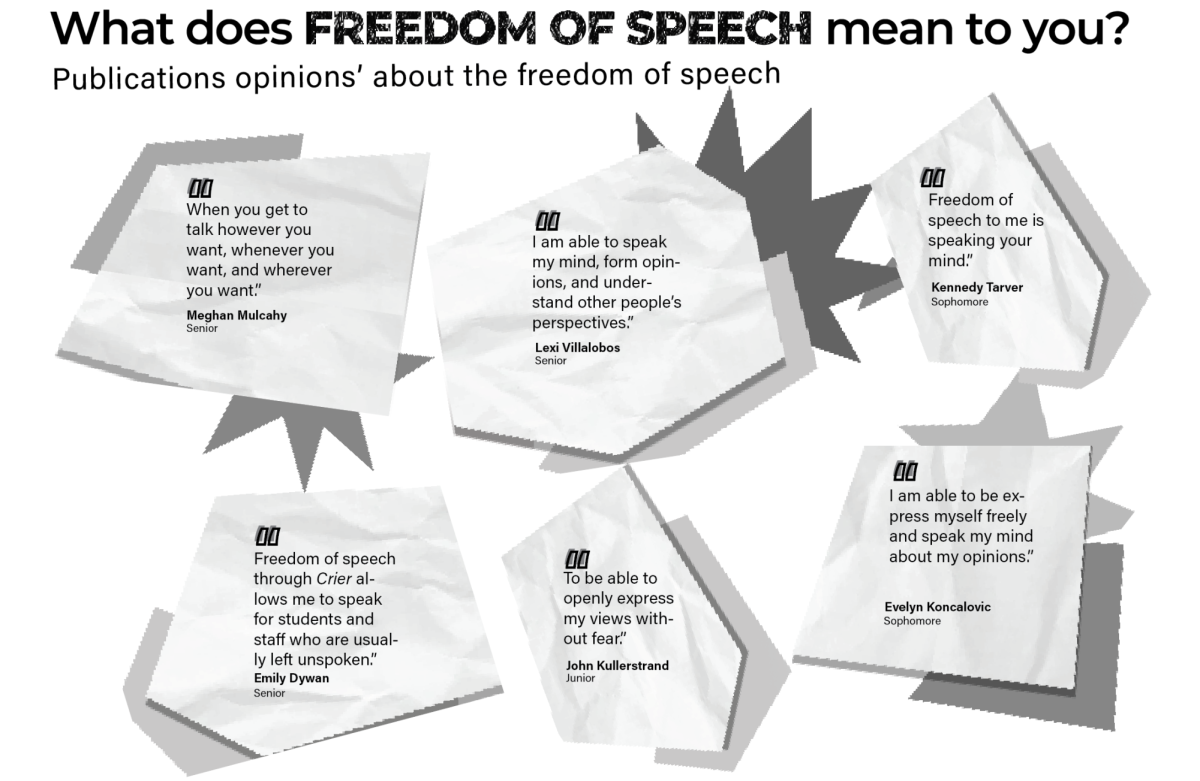



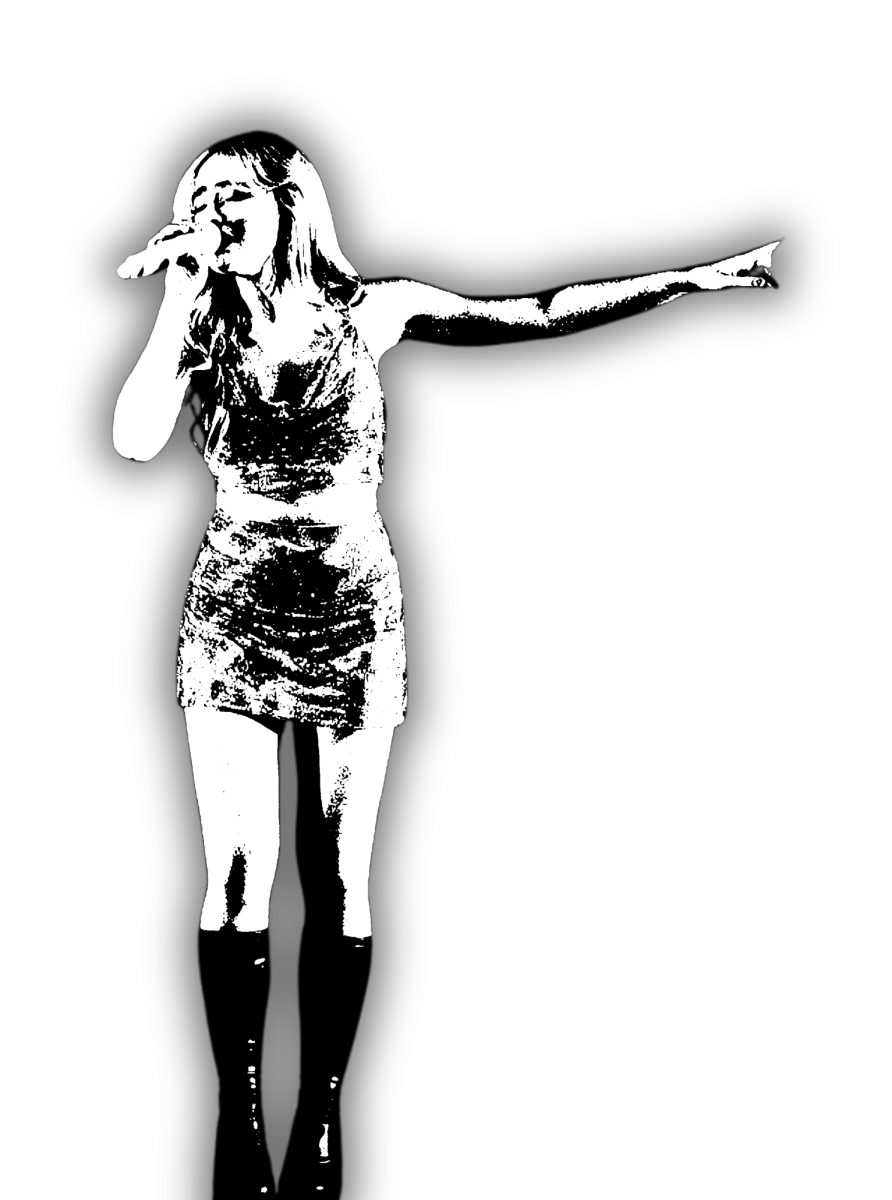

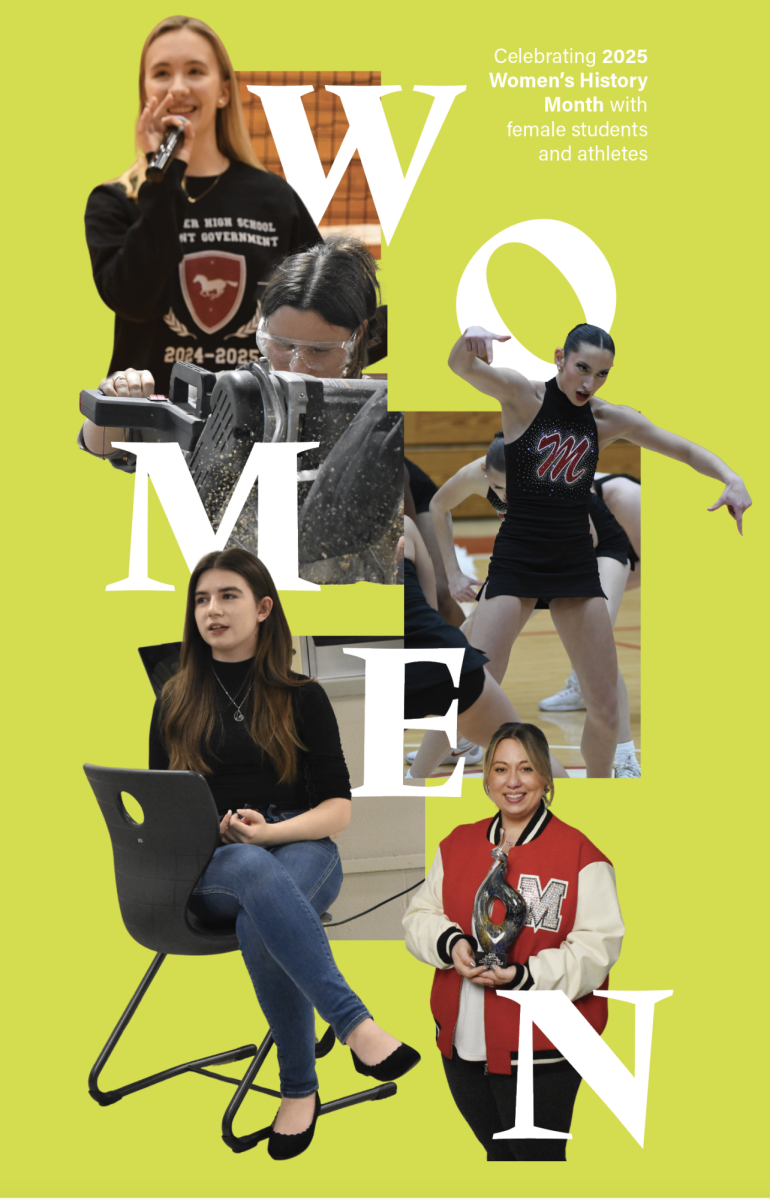
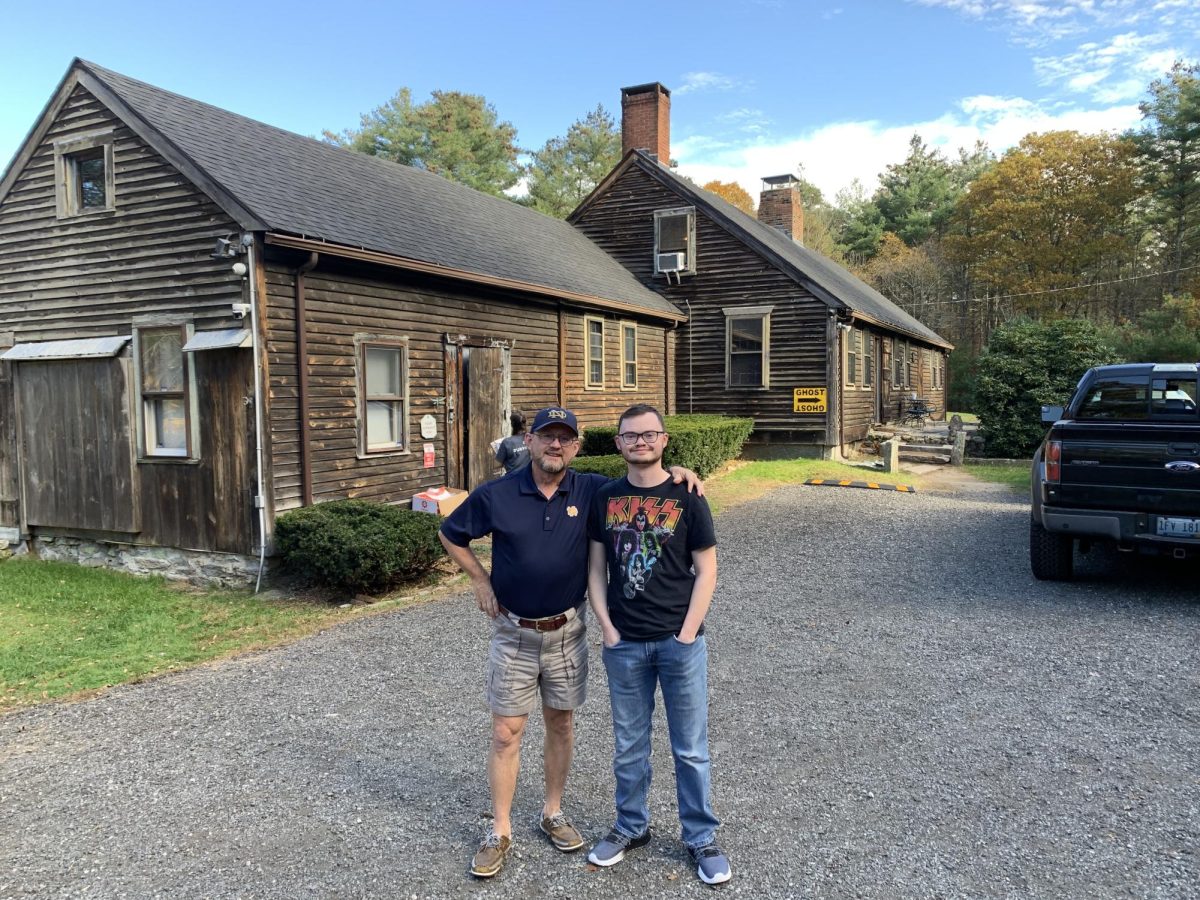
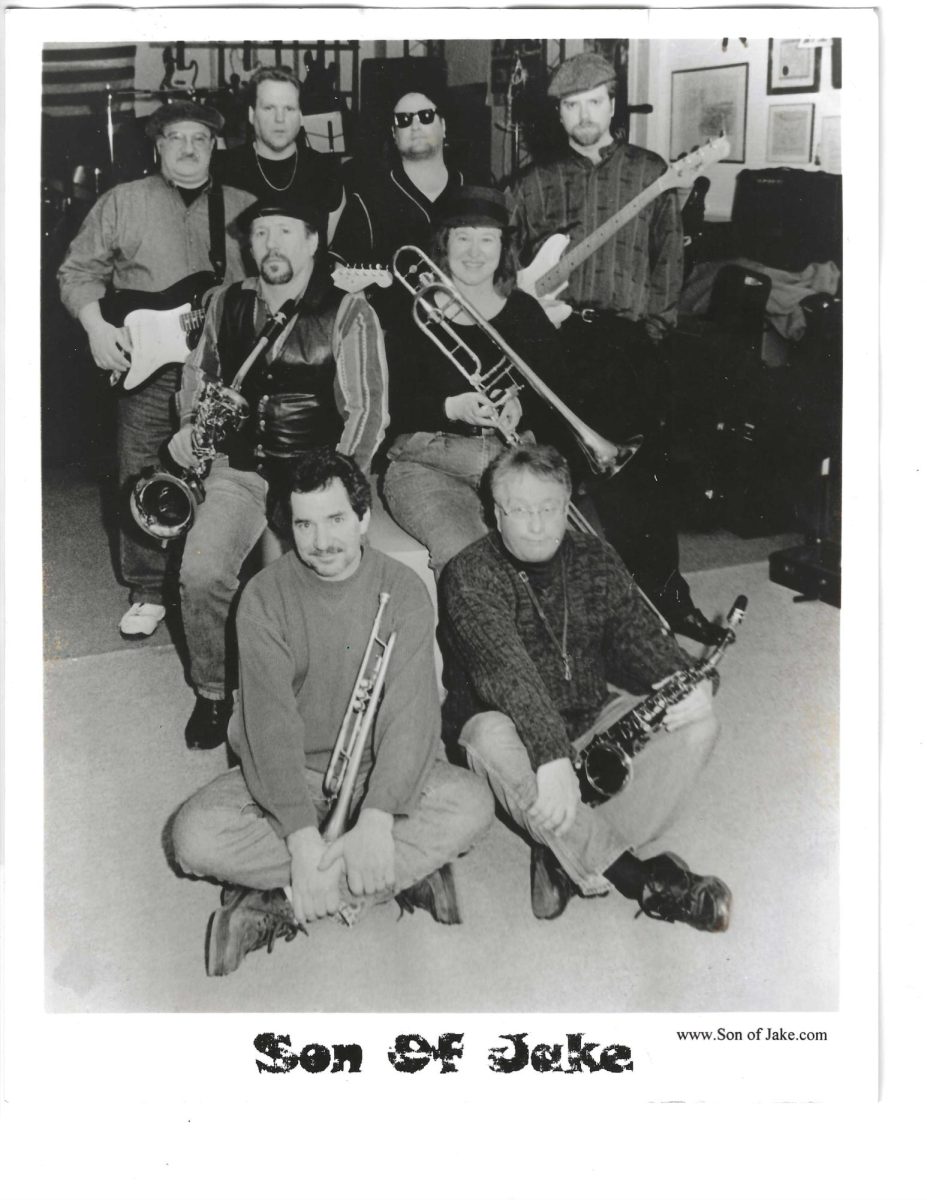
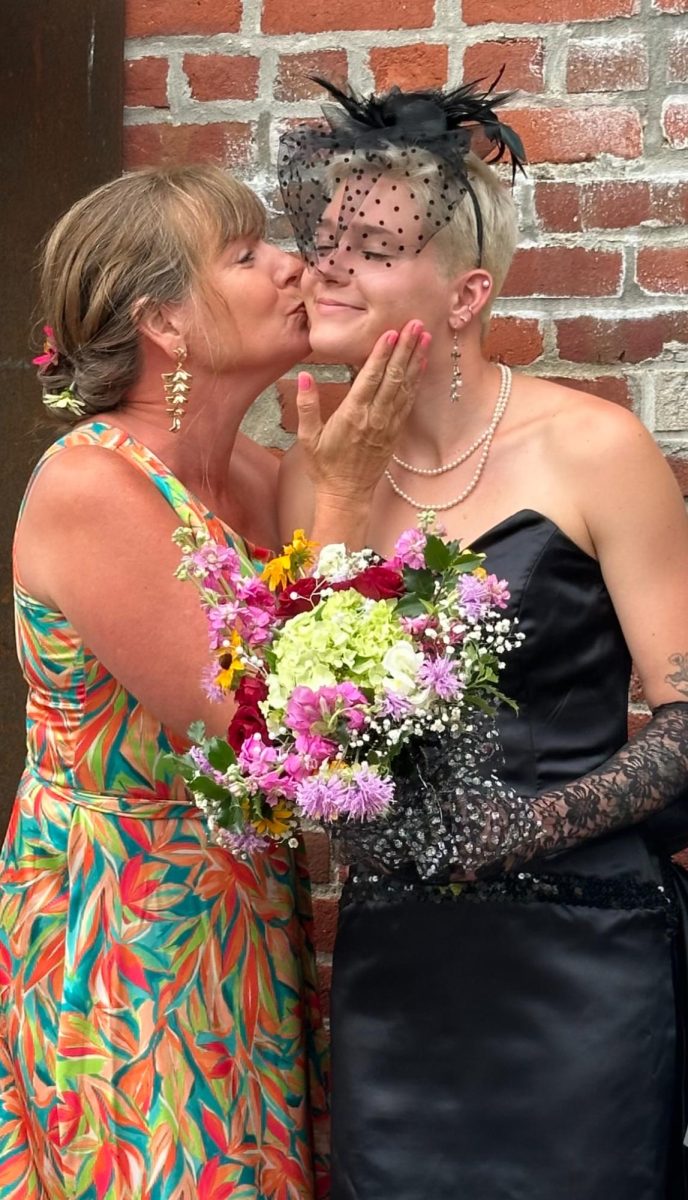

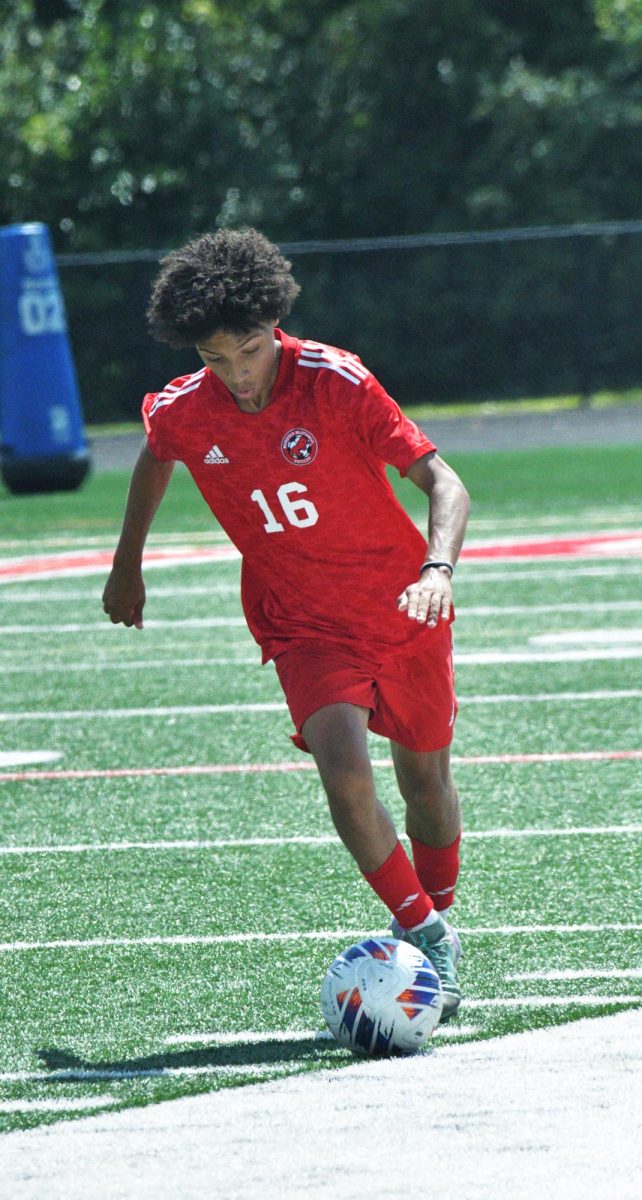
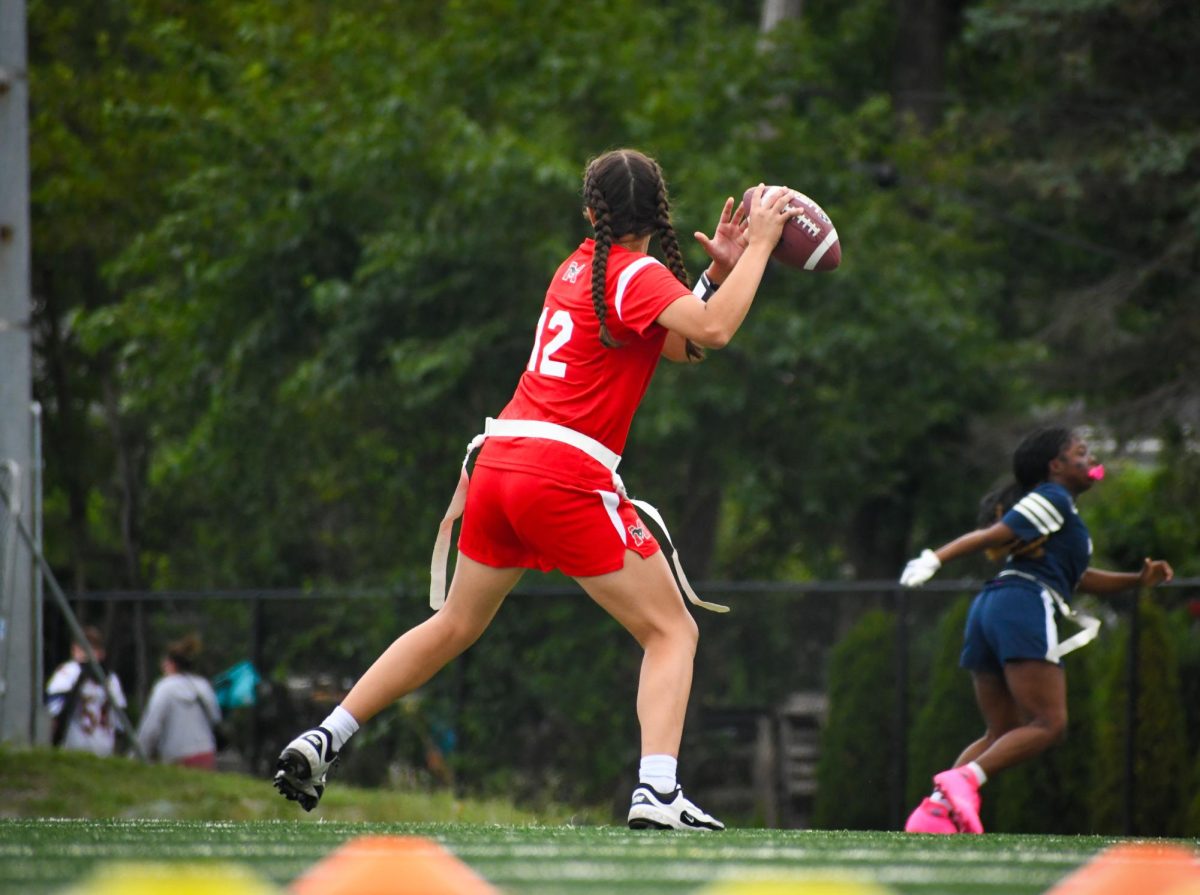
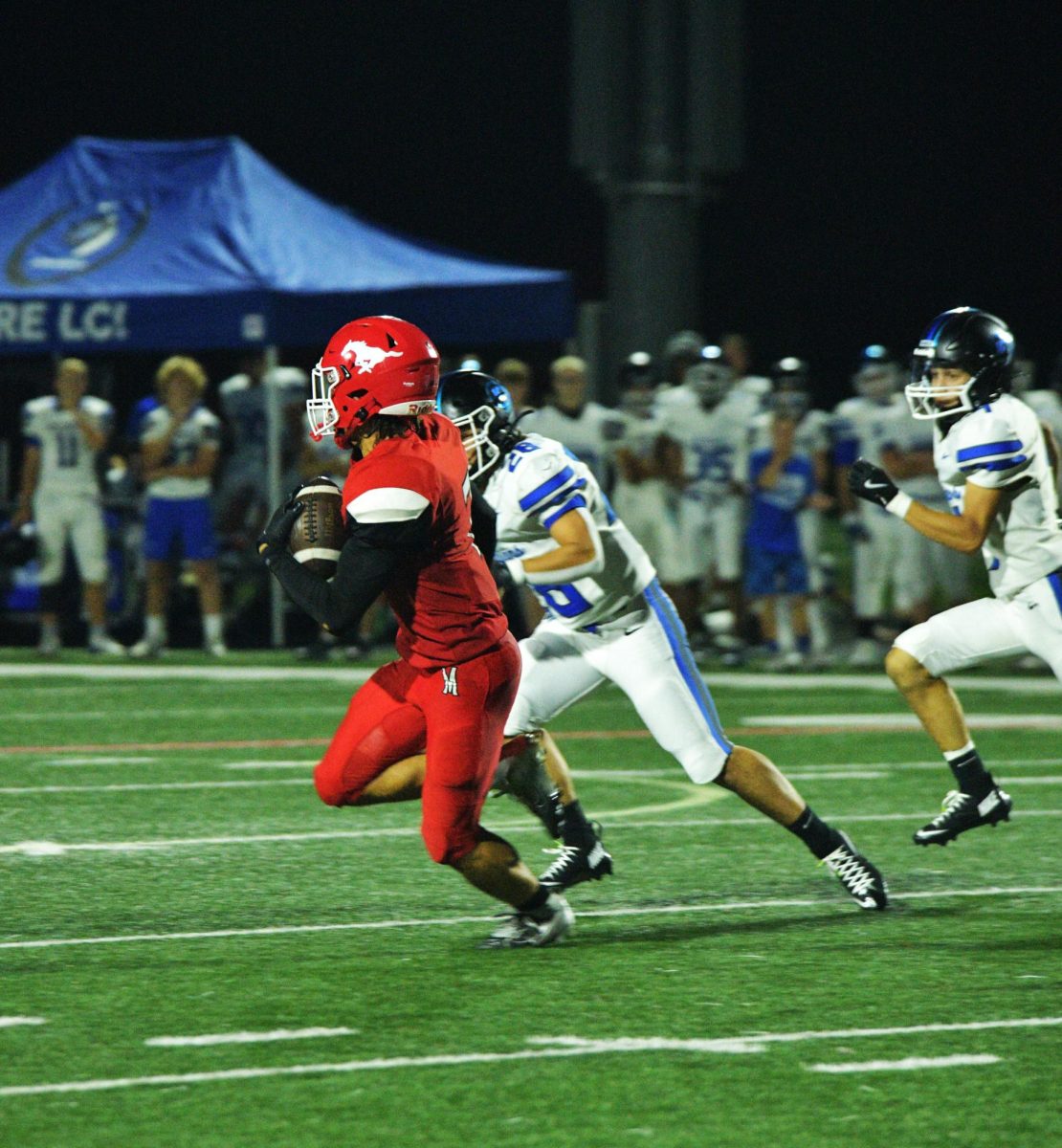
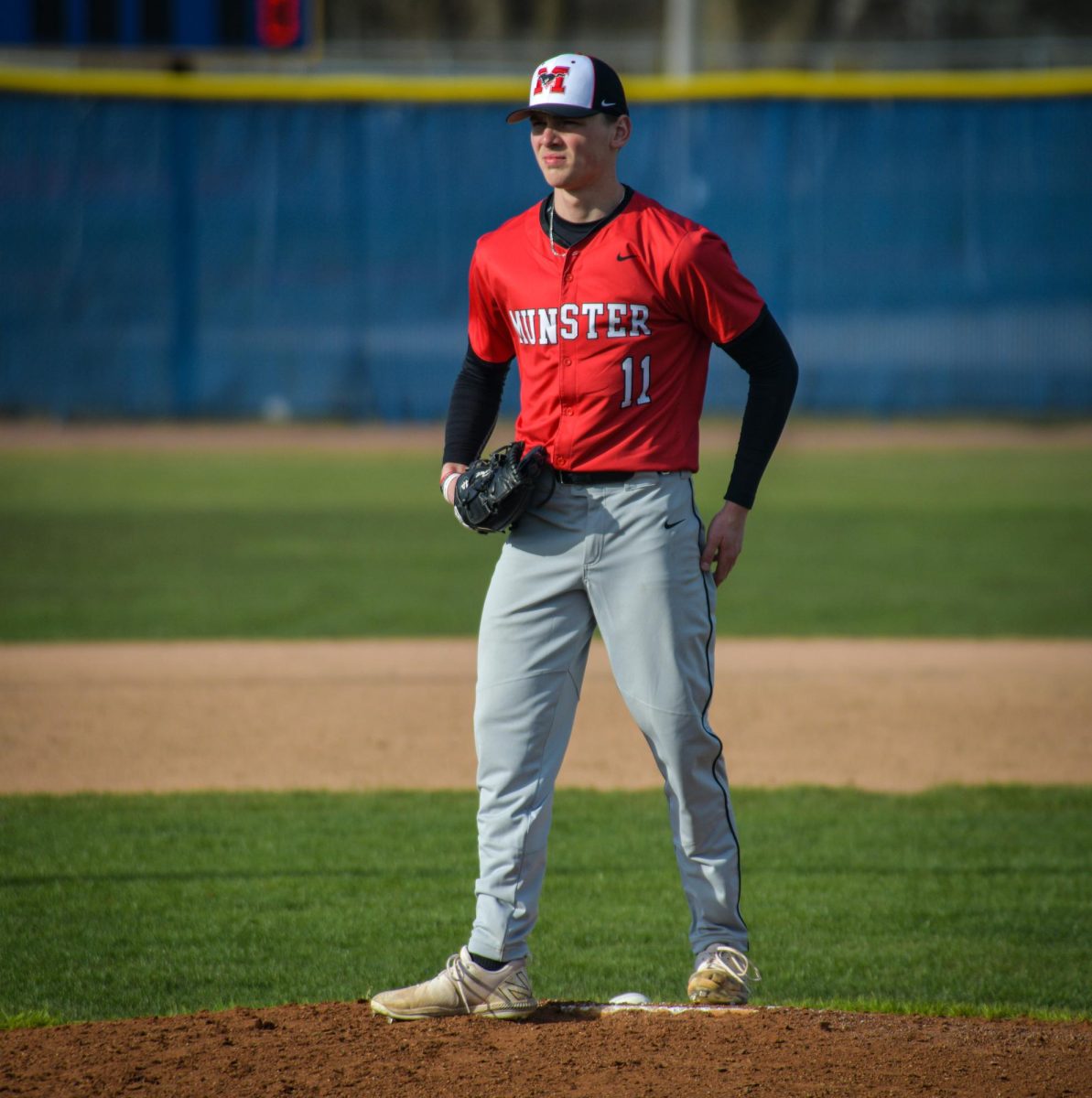
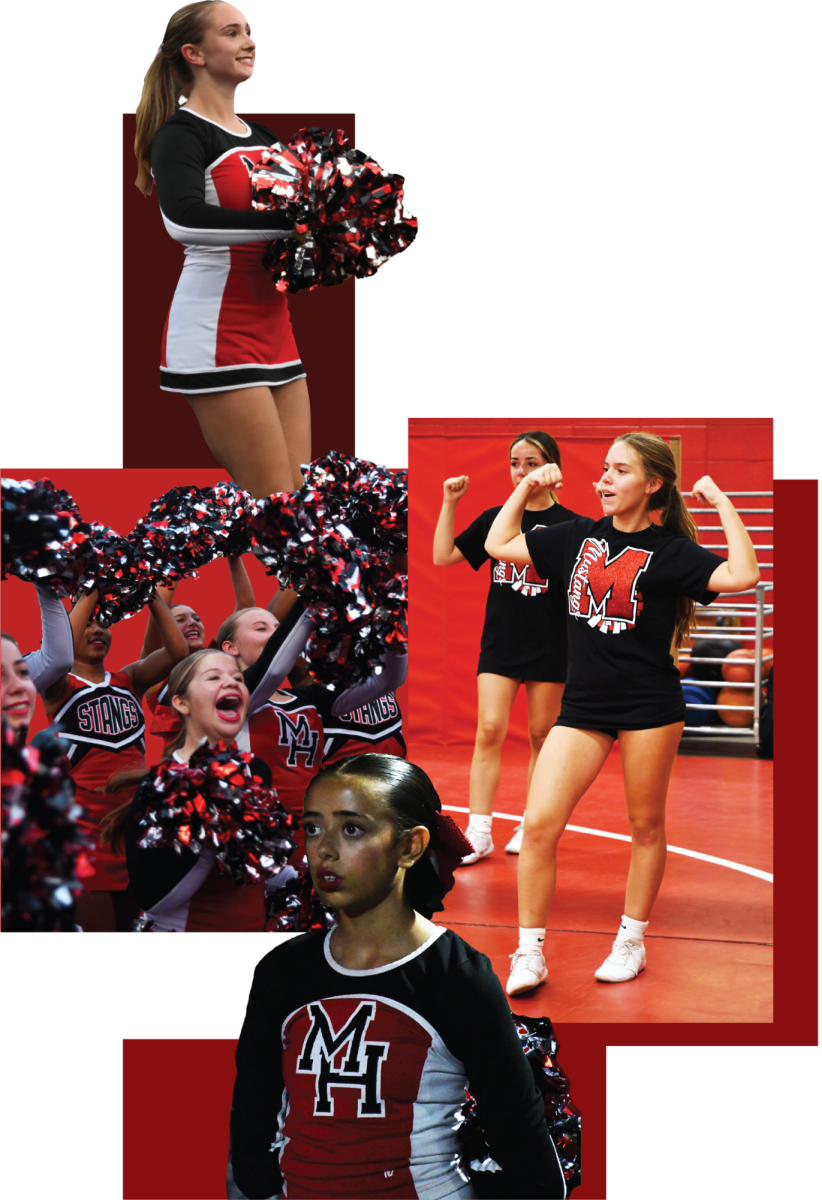
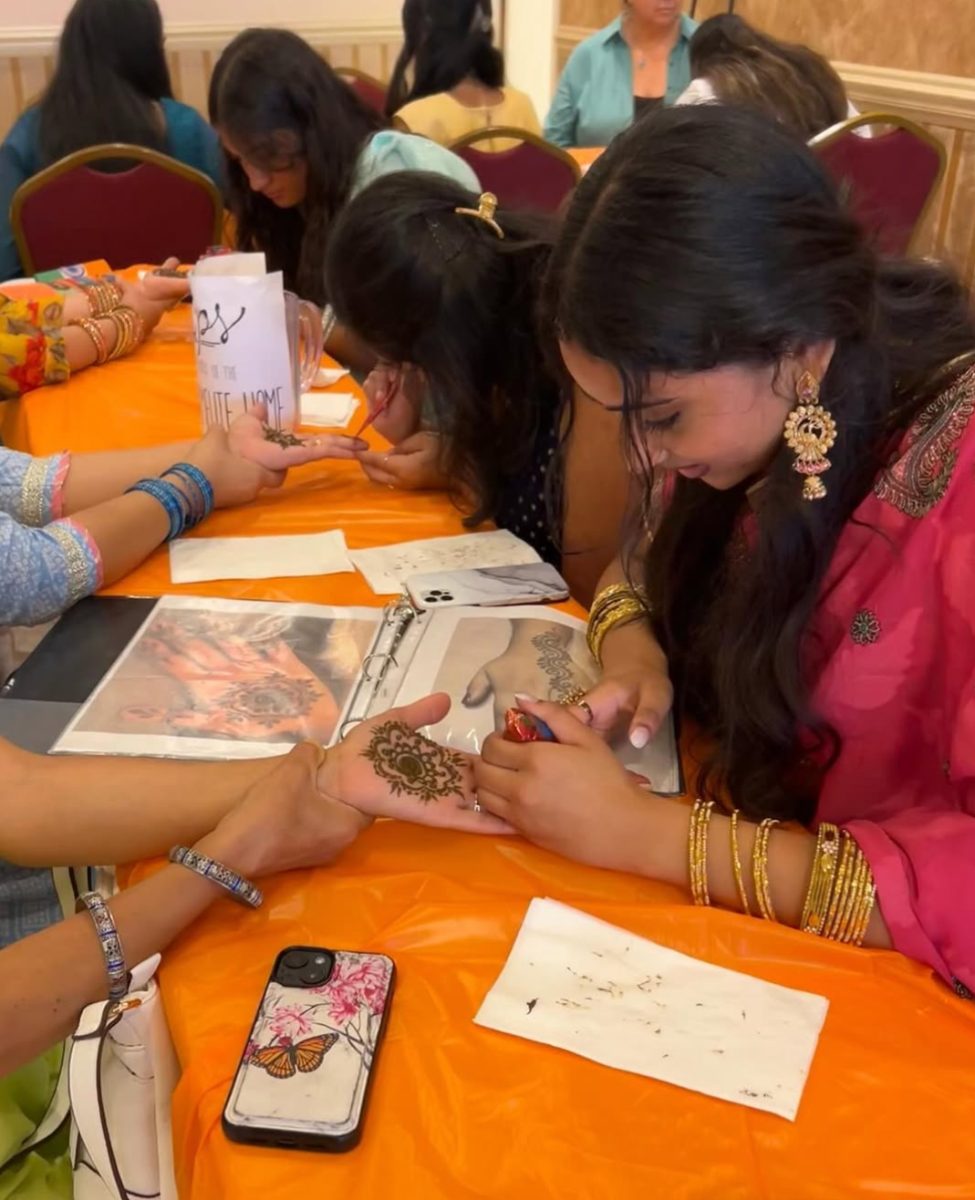

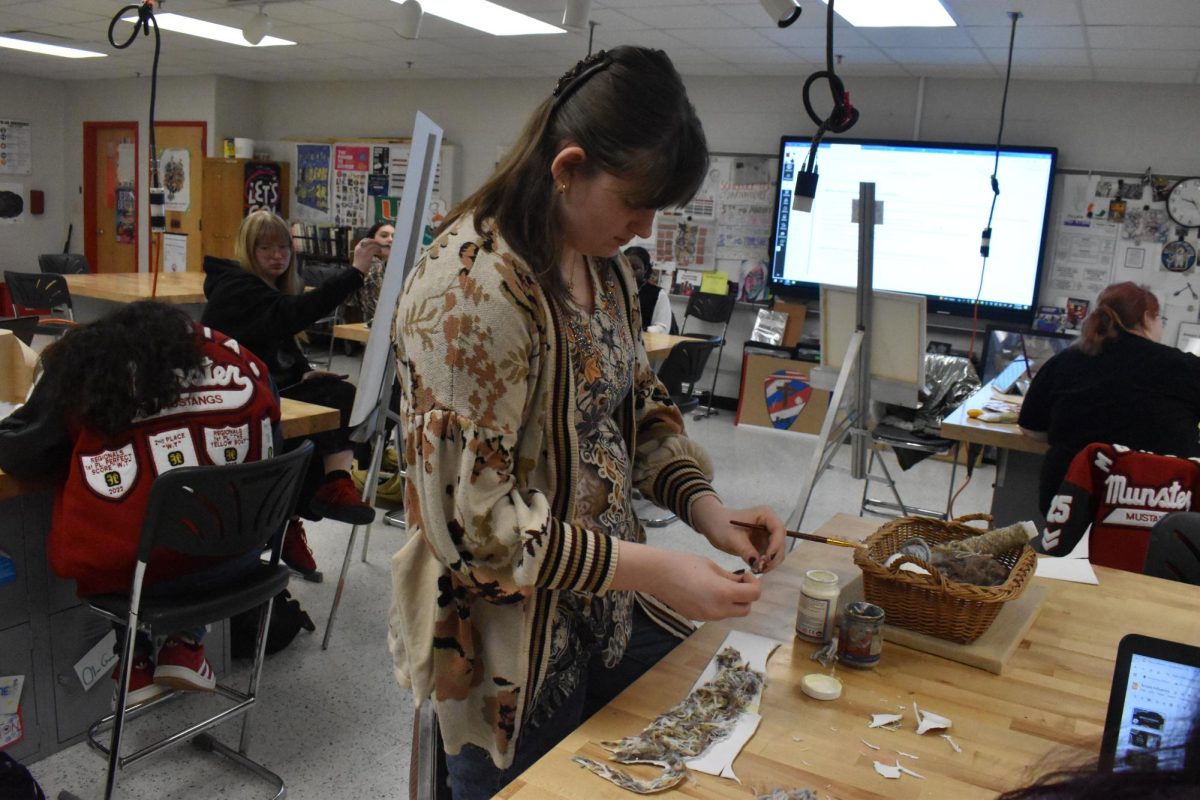
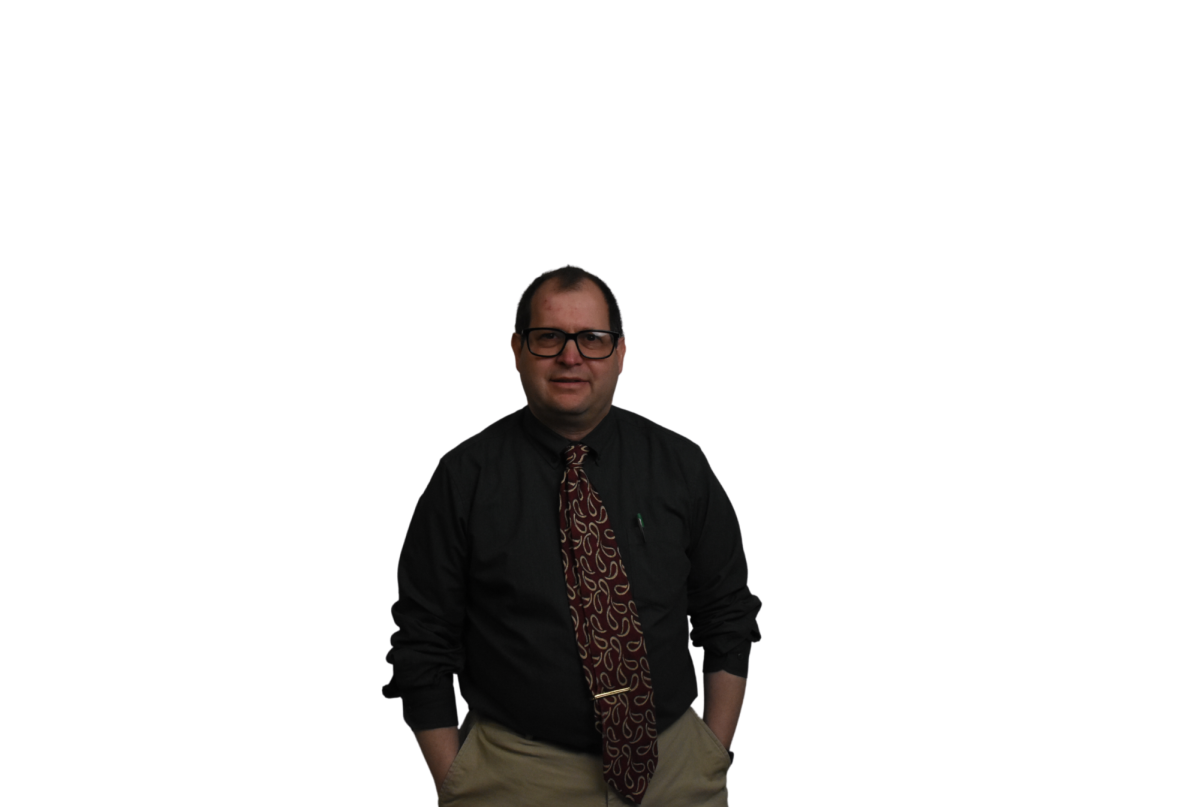
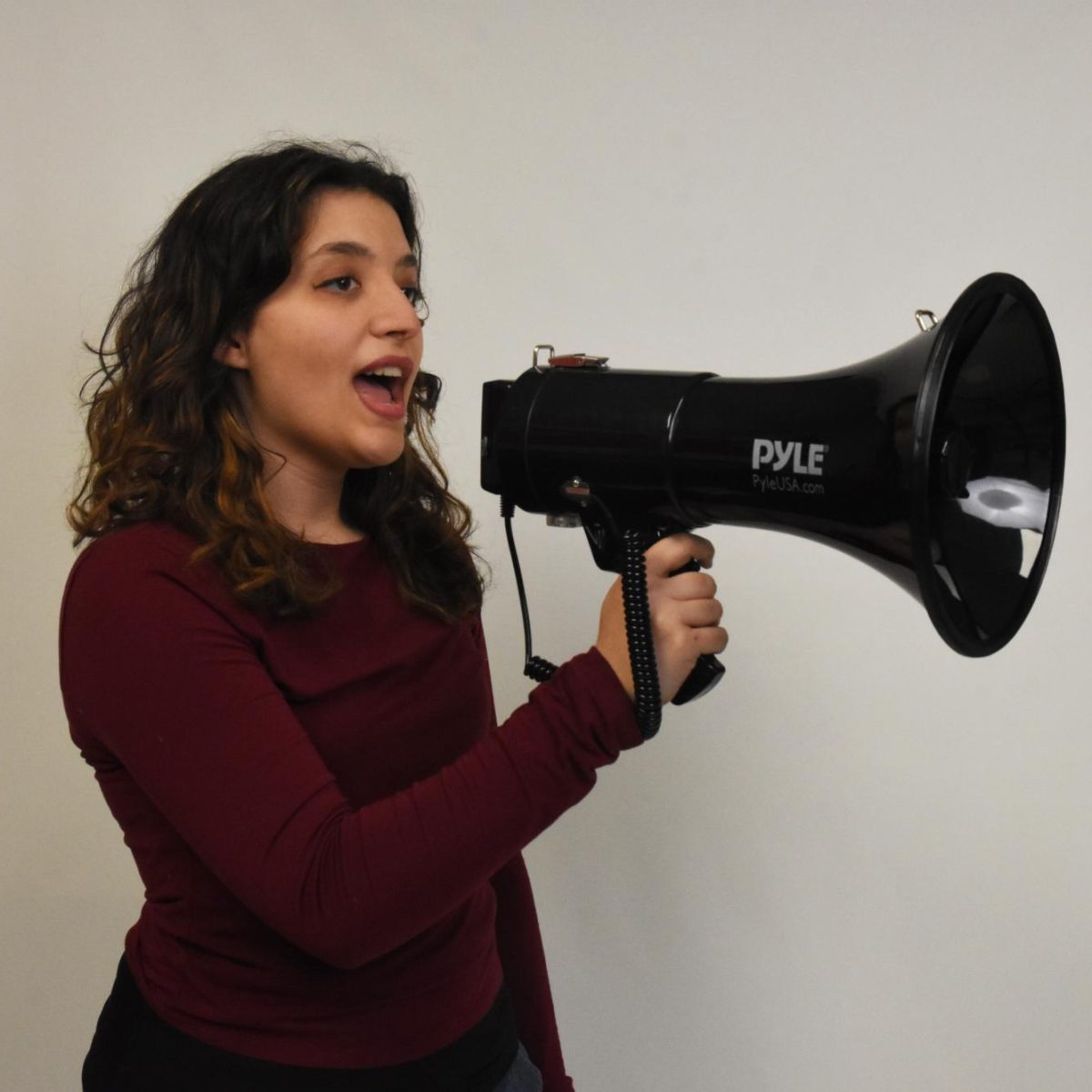
![SNAP HAPPY Recording on a GoPro for social media, senior Sam Mellon has recently started a weekly sports podcast. “[Senior] Brendan Feeney and I have been talking about doing a sports podcast forever. We love talking about sports and we just grabbed [senior] Will Hanas and went along with it,” Mellon said.](https://mhsnews.net/wp-content/uploads/2025/04/sam-892x1200.png)

